Welcome to Food Feuds, where we rate similar dishes from different countries to figure out who does it better!
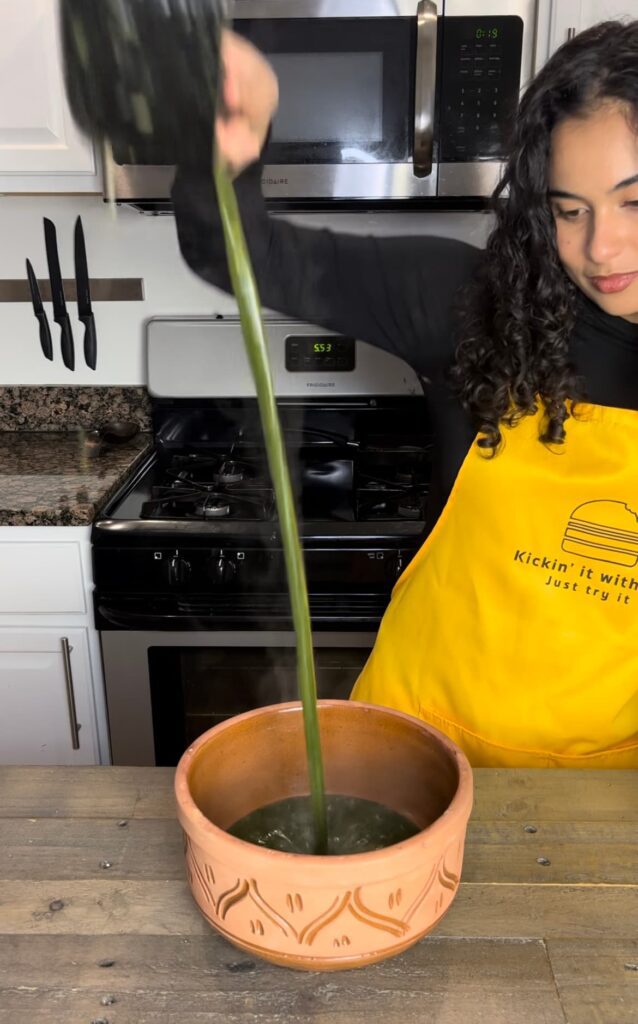
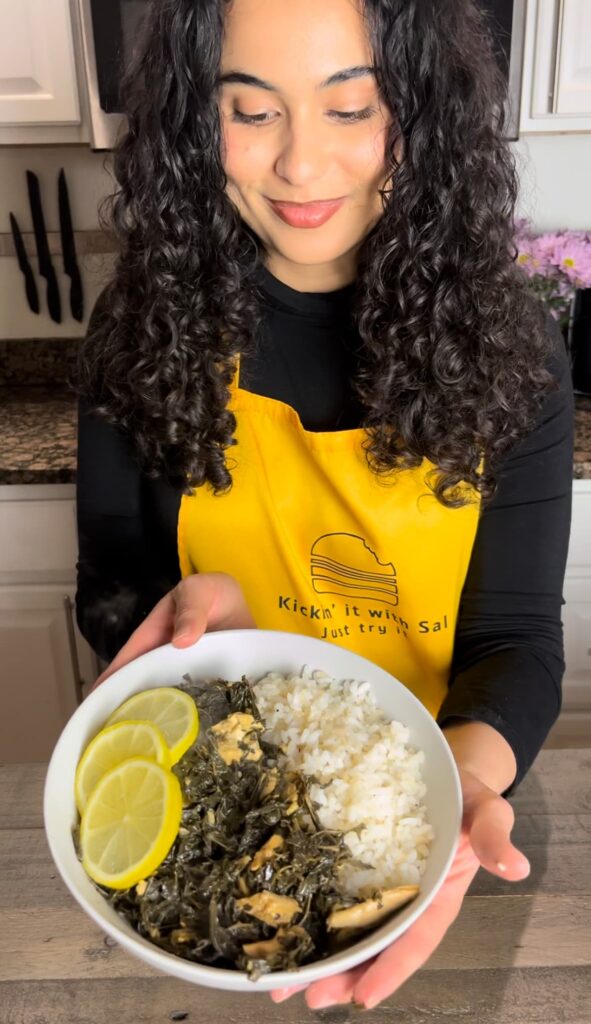
Molokhia dates back to Ancient Egypt. It was known as a superfood fit for the kings. This green soupy slime often referred to as jute or Jew’s mallow, takes center stage in a dish that has become a symbol of comfort food in many areas in the Middle East and North Africa and each nation prepares it in a unique way.
What is Egyptian Molokhia?
Molokhia gets its name from the leaves of the molokhia plant, also known as Jew’s mallow. These leaves are finely chopped and cooked with broth to create a slimy green stew. The dish is enhanced with spices such as garlic, coriander, and cumin.
Molokhia has deep roots in Egyptian culinary history, showcasing the country’s agricultural heritage. This dish is a testament to the use of locally available ingredients, connecting people to the land and its bounty.
One of the reasons molokhia is popular in Egypt is its affordability, and it can be flavored with any broth. Molokhia pairs well with vermicelli rice or can even be enjoyed by dipping aish baladi.
Garlic, coriander, and a blend of Egyptian spices infuse the dish with a complexity of flavor and gives off an incredible aroma.
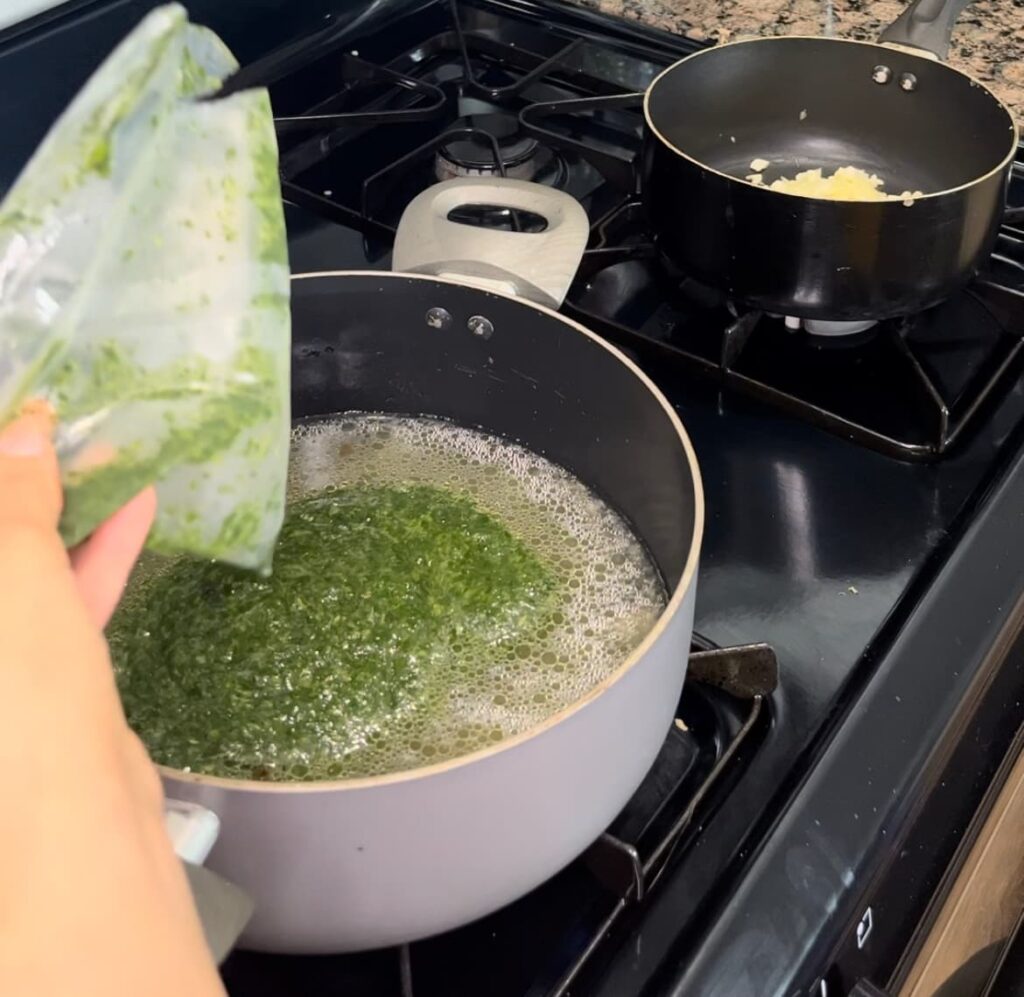
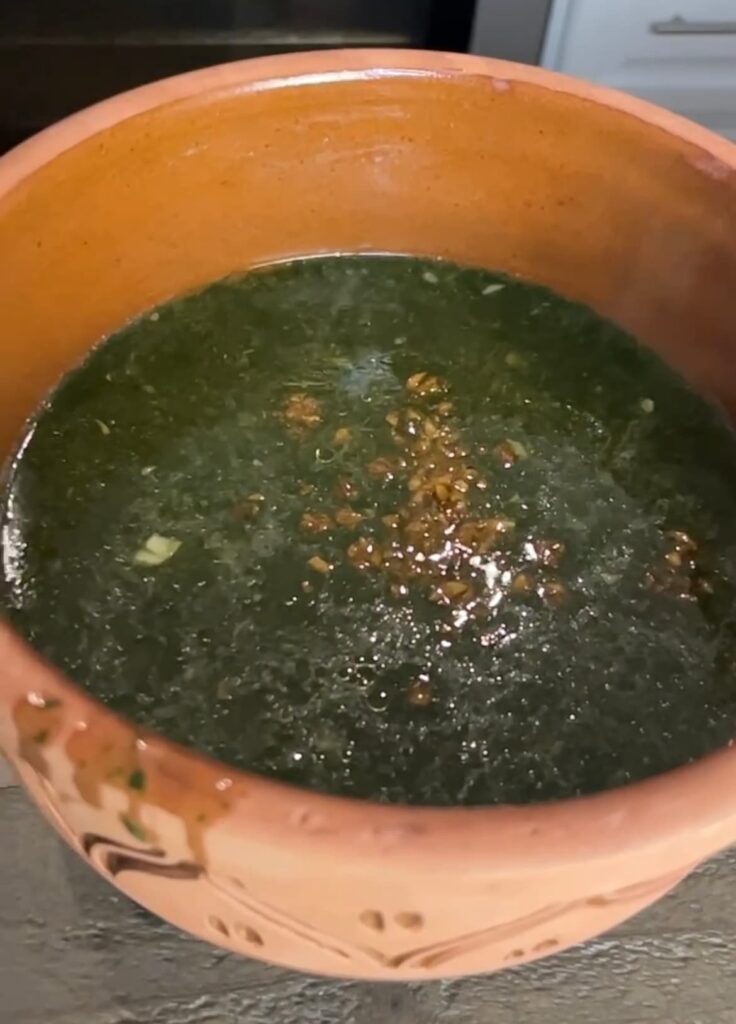
What is Lebanese Molokhia?
The leaves of the molokhia plant are braised with a variety of spices including garlic, 7 spices, and coriander. Shredded chicken is most commonly added to this.
At the heart of this dish lies the leaves of the jute plant or jews mallow, creating a velvety, green stew that’s both hearty and healthy. The jute leaves, when cooked to perfection, release an earthy and herby flavor profile. The baharat spices, garlic and the tang of lemon complement this dish. It’s a staple in Lebanese households, embodying the essence of home-cooked comfort dish.
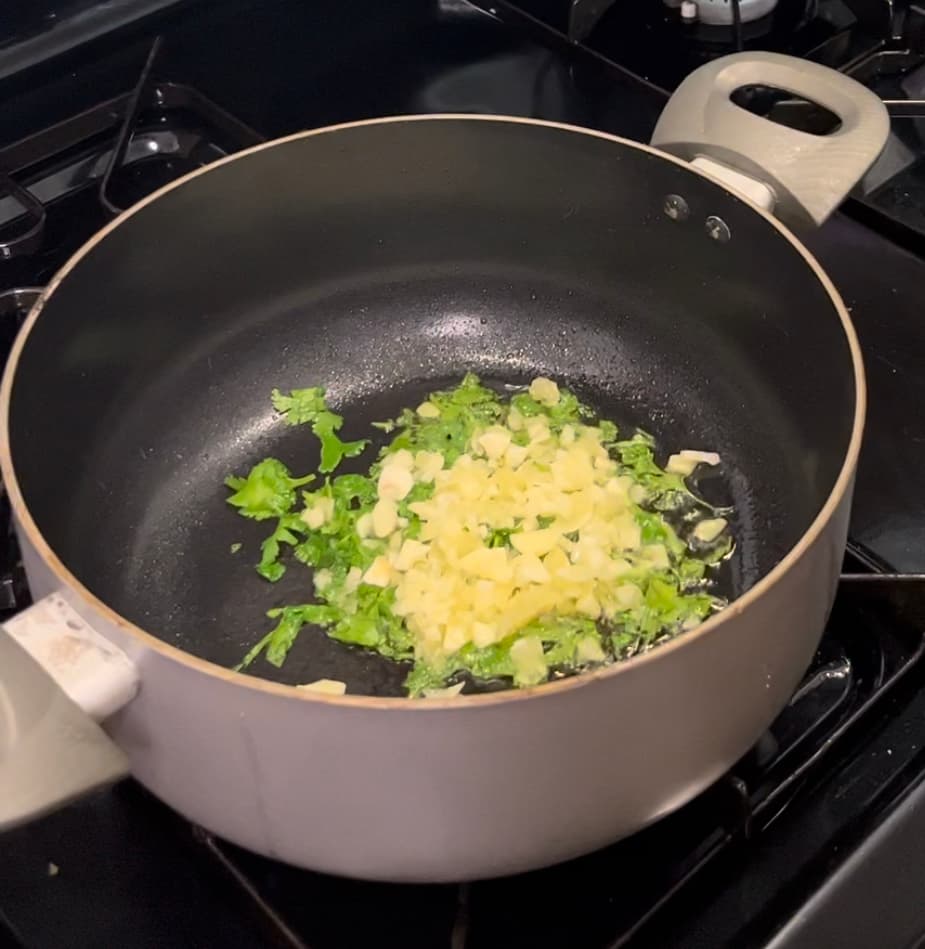
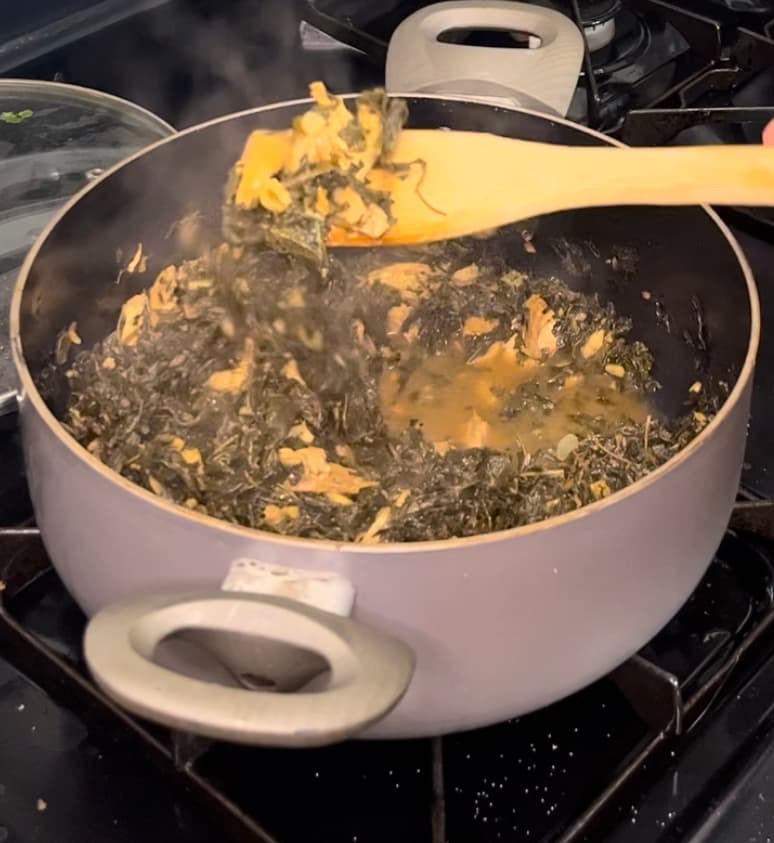

Egyptian Molokhia vs Lebanese Molokhia Food Feuds
Food Feuds is a series where we rate similar dishes from different countries to figure out who makes it better. This episode was on Egyptian Molokhia vs Lebanese Molokhia. Check out the video below!
Sensory Analysis
Egyptian molokhia is prepared using minced molokhia, resulting in a soup with a distinctive slimy texture, while the Lebanese/Levant version features whole leaves combined with shredded chicken, presenting a less pronounced slimy texture.
- Taste/Texture: 9/10 This was a very slimy green soup. The flavor was fantastic and once you get used to the slime it becomes quite enjoyable to eat with bread or rice.
- Appearance: 8/10 When this is presented right in front of you it does not look appetizing for some who have a thing about texture. Once you get over the slime, it’s kind of cool especially when you do some tricks and pour the soup from high up into the bowl.
- Overall: 8.5/10 This was extremely easy to make and can be whipped up for your family very fast. One thing to note is that if your broth doesn’t taste good your molokhia wont taste good because most of the flavor is coming from the broth.
- Taste/Texture: 9/10 The molokhia had a texture reminiscent of cooked spinach, and its flavor had a good blend of tanginess and nuttiness, elevated by the baharat spices creating a perfect complement to the braised leaves. It has a different mouthfeel than spinach but it also has a lot of herby flavor as well. The tang from the lemon also helped contribute to the flavor profile and all the flavors from the spices, cilantro and onions complimented each other very well. The texture wasn’t that slimy since I rinsed off the leaves with a lot of water.
- Appearance: 9/10 Off the bat this looks like a typical spinach dish and is very inviting. The chicken and the molokhia complement each other very well and it works.
- Overall: 9/10 The downside for the Lebansese style molokhia was that it took way too long to make. However, I really enjoyed this dish as there were so many flavor profiles that complimented each other so well.
Winner Winner
Lebanese Molokhia

